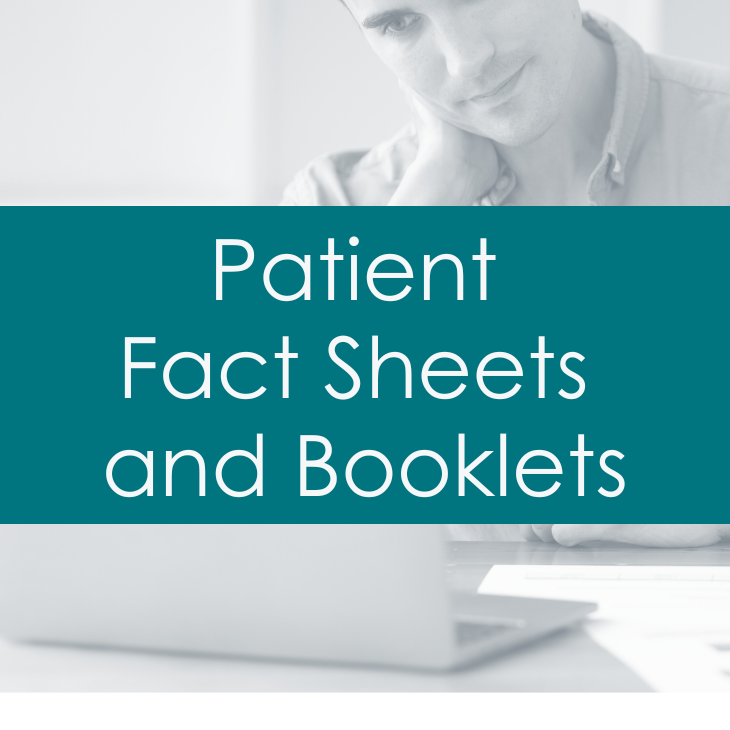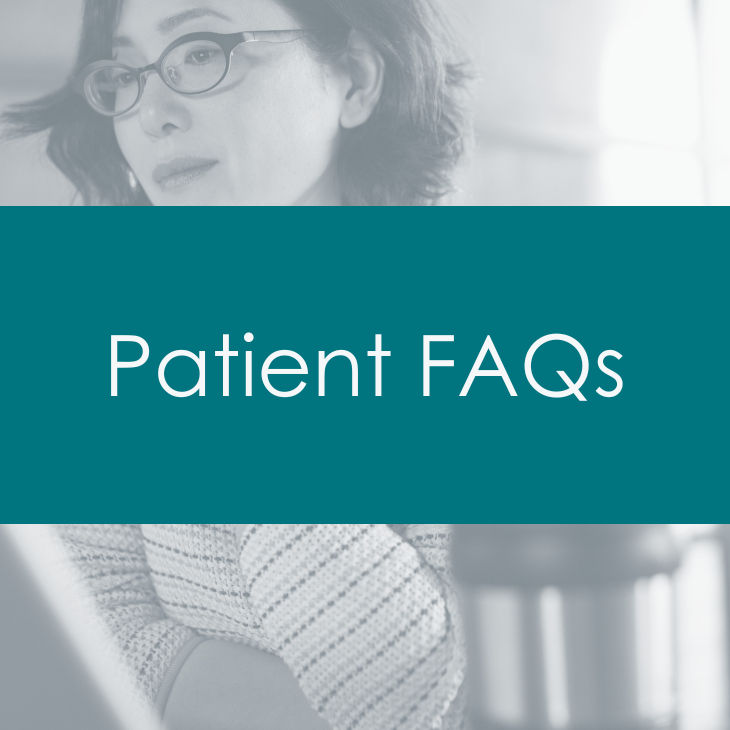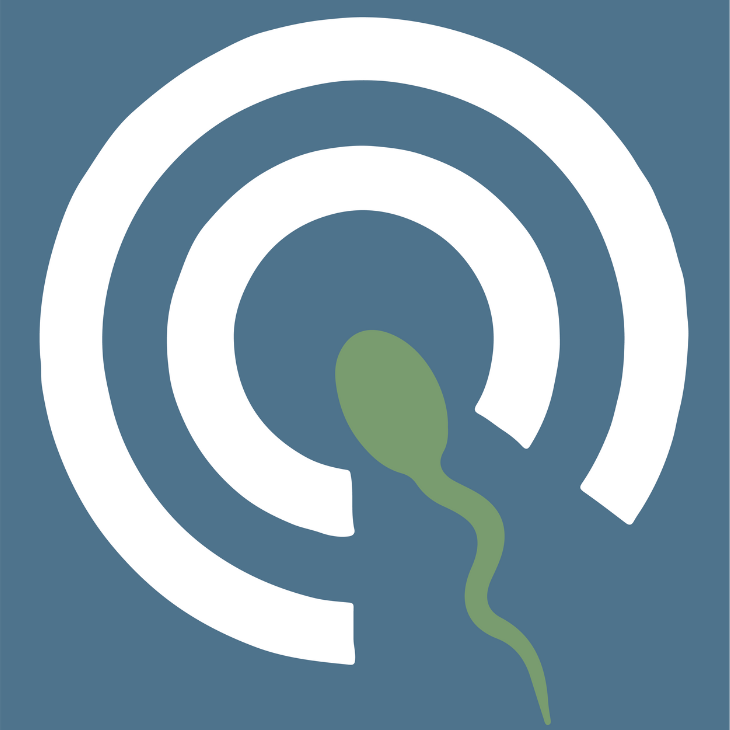
Created 2006/Revised 2023
Ovulation is the release of an egg from its follicle in the ovary. Once ovulated, the egg is picked up by one of the fallopian tubes and begins traveling toward the uterus. For unassisted conception to occur during intercourse, semen is ejaculated into the vagina near the time of ovulation. Sperm must be capable of swimming through the vagina and cervical mucus, up the cervical canal into the uterus, and up into the fallopian tube, where it must attach to and penetrate the egg to fertilize it. The fertilized egg (embryo) remains in the fallopian tube for a few days and then continues to travel into the uterus. The embryo then implants in the endometrium (lining of the uterus), where it grows and matures. The average length of a pregnancy is 40 weeks (about 9 months) after the last menstrual period or 38 weeks (about 8 and a half months) after ovulation.
Because a variety of problems can prevent or disrupt ovulation and result in infertility, often it is necessary to determine whether or not an individual is ovulating. There are several ways to detect ovulation, including urine test kits to measure LH levels, transvaginal ultrasound, endometrial biopsy, blood tests to measure hormone levels, and the basal body temperature (BBT) chart. While phone apps are widely available to estimate when the fertile window is between periods, these apps do not definitively test whether ovulation occurred
Urine Test Kits to Measure Luteinizing Hormone (LH) Levels
Several ovulation prediction tests are available at drug stores. These kits use test strips that show changes in the level of LH in the urine. Once the LH surge has occurred, ovulation usually takes place within 12 to 36 hours. Urine testing usually begins two days prior to the expected day of ovulation. With 28-day cycles, ovulation usually occurs on days 13 to 15. With irregular menstrual cycles, urine testing should be timed according to the earliest and latest possible dates of ovulation. If the cycle ranges between 27 to 34 days, ovulation usually occurs between days 13 to 20. Therefore, testing should begin on day 11 and continue until ovulation is indicated or through day 20. There is an 80% chance of detecting ovulation with five days of testing, and a 95% chance with 10 days of testing. Once ovulation is documented, it is no longer necessary to continue testing during that cycle. Occasionally, ovulation may not occur in a particular cycle. If ovulation is not detected in two or more consecutive cycles, an ovulatory problem may be present.
Transvaginal Ultrasound
Follicular growth can be measured with ultrasound, a technique which uses sound waves to produce an image on a monitor screen. This is a painless procedure usually done with a probe inserted into the vagina but may sometimes be done with an external probe placed on the abdomen. Prior to ovulation, the follicle is thin-walled and filled with fluid. As the egg inside the follicle develops, the follicle increases in size. Ovulation generally occurs when the follicle measures about 1.8 to 2.5 centimeters. Ultrasound may be useful for timing intercourse or insemination. When fertility drugs are prescribed, ultrasound may be performed on several different days during the menstrual cycle so that each follicle can be measured precisely and monitored.
Blood Tests to Measure Hormone Levels
Elevated progesterone levels in the blood usually are associated with ovulation. A blood test to measure progesterone can be performed about one week before the anticipated onset of the next menstrual period. The LH surge occurs just before ovulation. LH levels in the blood or urine can be measured to predict when the follicle is mature and ready for ovulation.
Basal Body Temperature (BBT) Chart
The basal body temperature chart helps to monitor the duration of the different phases of the menstrual cycle, and can help determine if and when ovulation has occurred. During the follicular phase, body temperature is relatively low. When progesterone production begins at ovulation, it produces a temperature rise with a minimum increase of 0.5 degrees Fahrenheit. An increased body temperature for several days indicates ovulation has occurred. BBT charts cannot predict when ovulation is going to occur; they only confirm that ovulation has occurred after the fact. Some people will monitor changes in their cervical mucus along with their BBT. As ovulation approaches, the cervical mucus becomes more abundant, thin, slippery, and stretchy. This is an inexpensive, natural way to help identify the most fertile days.
Conclusion
Although determining if and when ovulation is occurring might seem frustrating and time-consuming, it is often an essential step toward achieving pregnancy. Work with your healthcare provider to decide which method of ovulation detection is best for you. When these tests indicate that ovulation may not be occuring, treatments are available to correct the problem and increase the chances of a successful pregnancy.
Fact Sheets/Booklets
View more fact sheets and booklets written by the ASRM Patient Education Committee.
Menopausal Transition (Perimenopause): What Is It?
The menopausal transition (perimenopause) is the period that links a woman’s reproductive (childbearing) years and menopause.
Osteoporosis
Osteoporosis and osteopenia are conditions of having low bone mass (density).
Hyperprolactinemia (High Prolactin Levels)
Prolactin is a hormone produced by your pituitary gland which sits at the bottom of the brain.Female Fertility
Find a Health Professional











